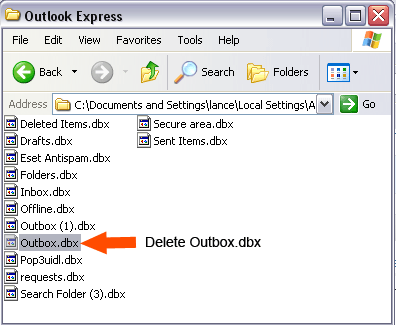Installing a new hard drive and partition a disk in Windows: Ok, so you have purchased a new SSD hard drive and would like to add it to your Windows computer. New drives do not ship preformatted, so you'll need to at least create a new partition and format the disk before Windows can detect and use it for storage purposes.
Using the graphical disk management tool built into Windows, it's simple to create a new partition on a disk. In the following post, I'll show you how.
How to Install New Hard Drive | Partition Disk
Here are the steps I used to install and partition a new hard drive in Windows:
- First, with your computer off, install your new hard drive.
- Next, boot into Windows and login using an administrator account.
- Once up and running, press Win + R keys on your keyboard to open the Run box.
- In the Run box type diskmgmt.msc and then click OK.
- When the Disk management console wizard appears, proceed through the steps to initialize the new drive, but "do not" convert the disk from basic to dynamic.
- On the left side of the console, notice the drive icons that represent Disk 0, Disk 1, etc. Your new drive is the one with the highest number. The size of the disk should be listed, and the word Unallocated should be just under the size. Right click where it shows the size of the disk and click the new partition command.
- Click Next on the new partition wizard welcome page.
- From the select partition type page, click both of the options and read the descriptions. Let's assume you're creating a primary partition. Select Primary partition and click Next.
- From the specify partition size page, type the size of the partition. Type the size of the new partition in the Partition size in MB text box and click Next.
- From the assign drive letter or path page, you can bind the partition to a drive letter or mount it in an empty NTFS folder. We will assign the partition a new drive letter. Select the drive letter and click Next.
- Now, you need to format the partition. Use the NTFS flie system unless you need to allow other operating systems on the same machine to access the drive. You can use the defaults, or customize the allocation unit size based on the types of applications you want to run on the disk. Click Next.
- Click Finish.

